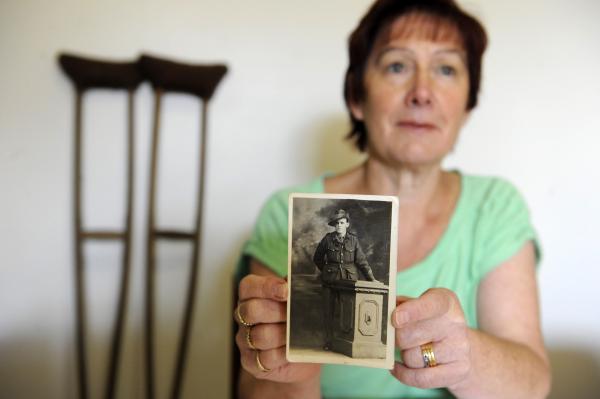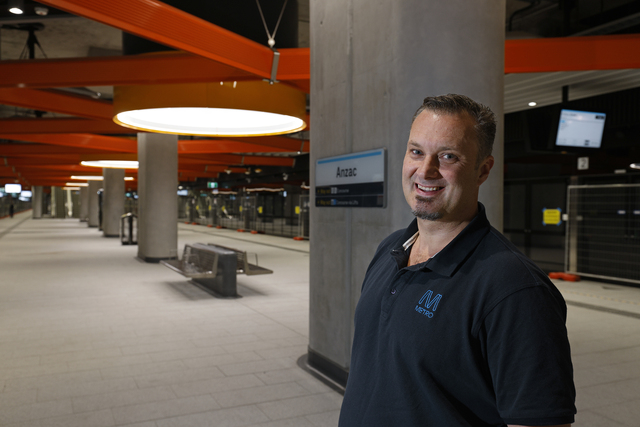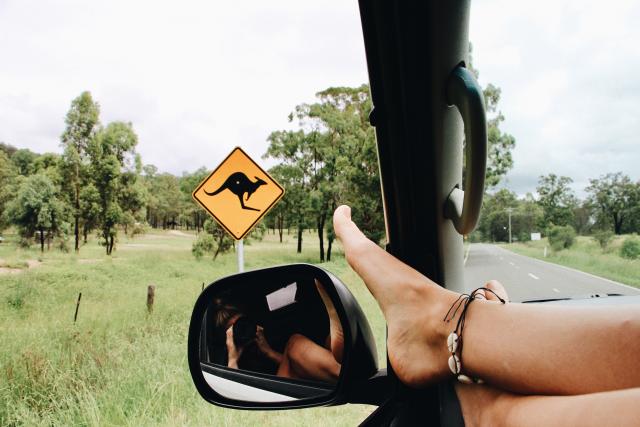By CASEY NEILL
PRIVATE Bernard Haines was just 14 years old when he enlisted in the Australian Imperial Force in 1916.
He was 15 when he sailed off to war, and 16 when his spine was shattered at Bapaume.
He was sent home a cripple to Australia, operated on 40 times, and died of wounds in 1926.
His is among 20 true stories from World War I so far featured in Monash University’s One Hundred Stories project.
It’s designed to capture previously untold memories of The Great War for next year’s 100th anniversary of the war’s beginning.
Private Haines’s great niece, Noble Park resident Lois Comeadow, was humbled and pleased to see his story included.
“We’ve always grown up knowing about great uncle Bernard. He was an amazing person,” she said.
“With all his injuries he always put on a positive face.
“This project they’re doing I think is absolutely amazing for the younger generation to know about those who’d come before them.”
Private Haines enlisted under his uncle’s name, Charlie, and said he was an unmarried farm labourer aged 18 years and one month.
“That era it was a great adventure,” Ms Comeadow said.
“I don’t think any of them that enlisted realised the horror that they would see.”
Private Haines died at Caulfield Hospital aged 25, and like many of his comrades was buried at Brighton Cemetery.
His grave bore his uncle’s name, so Ms Comeadow had it changed.
This inspired her to index records for the cemetery and work with a group that is determined to find soldiers in dirt graves and seek plaques to mark their resting places.
They’ve been successful with 15 graves so far.
“To see what was once a dirt grave … now it’s a military grave,” Ms Comeadow said.
“It’s just wonderful for them to be remembered.”







